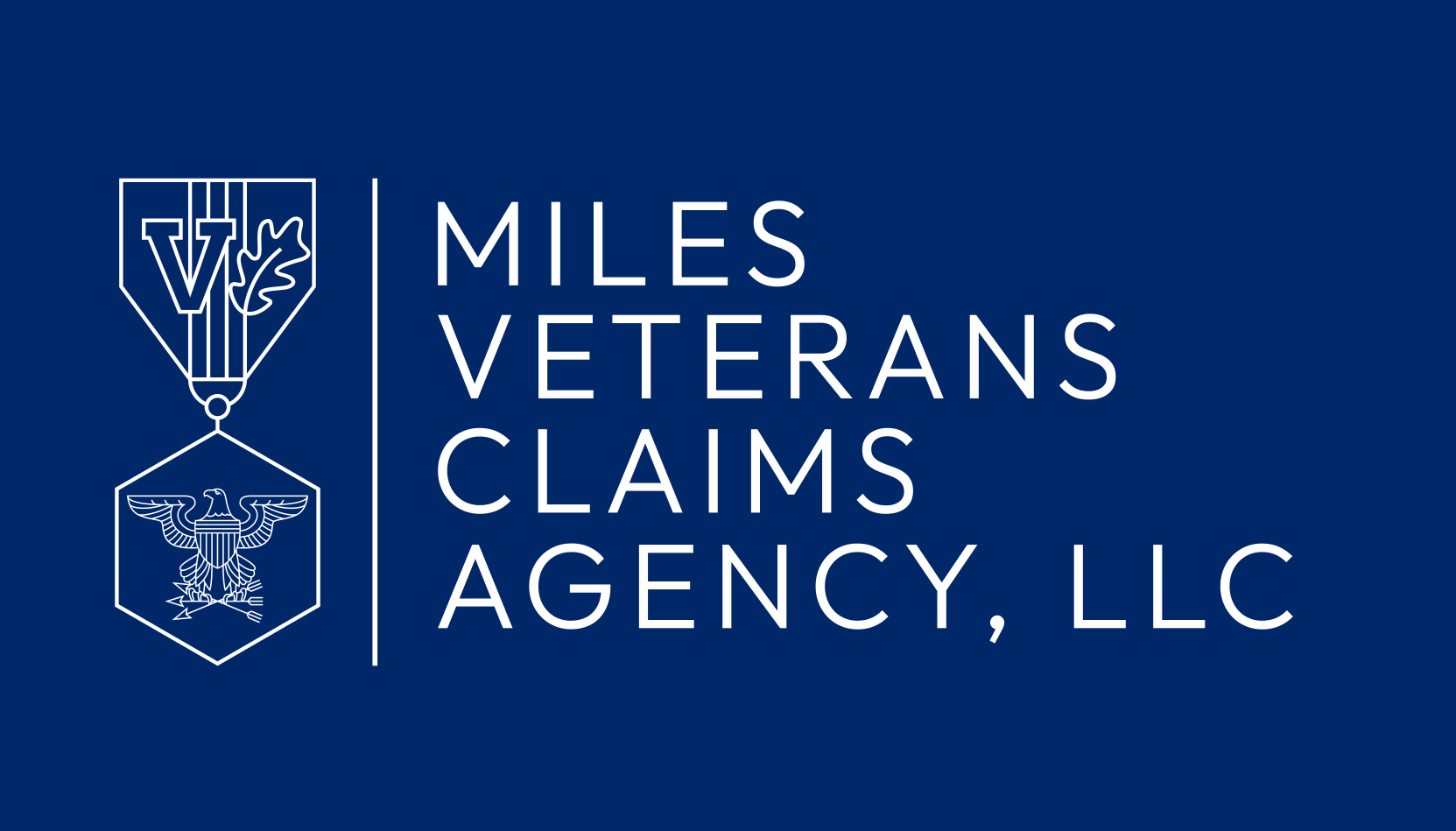In 2011, reports became public that VA’s paper file management problem had become so severe that the structural integrity of one of the Regional Offices had been compromised. In short, so much paper, stacked so high, the building was at risk of collapse.
Combine this with the inexplicable decision that the National Archives no longer retains a copy of service treatment records when they’ve been requested by VA — they pack ’em up, send them to VA in Wisconsin, where all we can do is hope that they get scanned accurately before they are destroyed.
On top of that, if you got treated at a VA medical center in the days of handwritten records — which weren’t all that long ago — they might not be available on MyHealthEVet or in your c-file. Instead, they are locked away in a file cabinet at one of the hundreds of VA facilities around the country. Military records? Well, your hospitalization and X-rays may or may not be in your main service treatment records. Depending on when and how the records were created, those too might be relegated to a file cabinet.
Why does this matter? Because one of the essential elements of proving service connection is that you had to have an event in service. If you don’t have those records, it can be tough to prove. If VA lostthose records–as has been known to happen–it can be impossible.
Part of my role as an accredited agent is to help you navigate locating the records that are needed to prove your VA claim. Sometimes that means a FOIA request to an obscure office of the Pentagon, or calling to various VA clinics to determine where records from 20 years ago are stored, or sometimes working with contractors to directly pull the records at the National Archives, which can cut the turnaround time from years to weeks.

